- Prelude
- Guest Editor’s Column
- Creative Impulse
- Horloges : Counting The Hours
- Aesthetic Movement: Aesthetic furniture
- Book Review
- Engraving Deeper Thoughts:
- In the News
- Artist Index and Statistics
- Market Insight
- Auction Reports
- Photo Feature
- The month that was
- Mumbai Artsighting
- Art Bengaluru
- Musings from Chennai
- North-East Opsis
- In between – from Vadodara
- Deccan Odyssey
- Inscriptions in Bronze
- Writing Visuals
- A Missing History: The Other Story Re-visited
- Invisible Cities
- His Story
- Erasing Borders Exhibition of Contemporary Indian Art of the Diaspora
- Urban Testimonies
- The Medium Speaks Back
- Indian Art & Fashion goes to Sweden
- Mahanagar@Kolkata
- Different hues of Aakriti
- Christie’s : Important Watches Hong Kong
ART news & views
Horloges : Counting The Hours
Volume: 2 Issue No: 6 Month: 7 Year: 2010
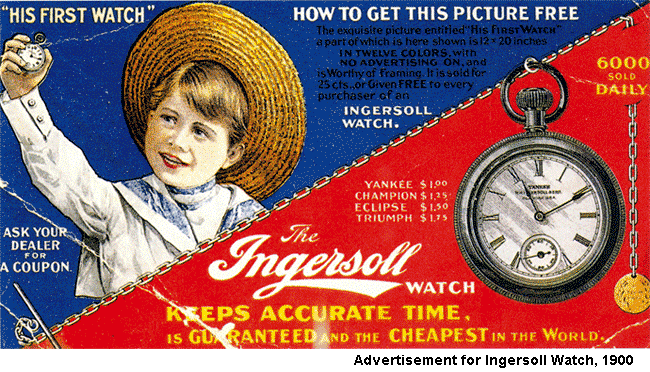
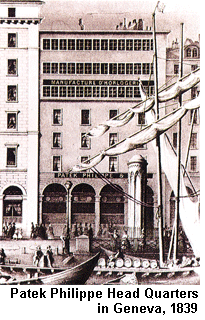 The story of measuring time goes back to idyllic Egypt where Cleopatra's Needle, a monumental structure, stood erect to tell time by the shadows it cast. The great Pyramid and time sticks in Egypt, Stonehenge in England, the sundials, the sand glasses, the clepsydra or water-clocks are some other rudimentary devices that preceded mechanical watches. Centuries after there was the rise of Switzerland and England in watch making that has gone down in history with the great names of Christian Huygens, Robert Hooke, Thomas Tompion, George Graham, John Harrison, Thomas Mudge and Abraham-Lous Breguet. The great Swiss houses Vacheron Coustantin, Blancpain, Jaegar-le Coultre, Longines, Cartier and IWC began producing watches incorporating repeaters, phases of the moon, perpetual calendars and chronographs. The wristwatch was born.
The story of measuring time goes back to idyllic Egypt where Cleopatra's Needle, a monumental structure, stood erect to tell time by the shadows it cast. The great Pyramid and time sticks in Egypt, Stonehenge in England, the sundials, the sand glasses, the clepsydra or water-clocks are some other rudimentary devices that preceded mechanical watches. Centuries after there was the rise of Switzerland and England in watch making that has gone down in history with the great names of Christian Huygens, Robert Hooke, Thomas Tompion, George Graham, John Harrison, Thomas Mudge and Abraham-Lous Breguet. The great Swiss houses Vacheron Coustantin, Blancpain, Jaegar-le Coultre, Longines, Cartier and IWC began producing watches incorporating repeaters, phases of the moon, perpetual calendars and chronographs. The wristwatch was born.
The journey of this watch from a gentleman's pocket to his wrist has a long and interesting history that includes intense horological ingenuity, change of utility value, consideration for making it user-friendly and also for catering to the need of ordinary people. The inventor of the first wristwatch cannot be traced back but archive records show that a watch for the Queen of Naples was made by Breguet in 1810, which was “designed to be worn on the wrist.” In 1868 Patek Philippe created a wristwatch for countess Kocewicz based on the design of the watch they exhibited in the crystal palace exhibition of 1861. The first commercially viable wristwatches were produced during the late 19th century. In 1904 Louis Cartier developed a wristwatch for Alberto Santos-Dumont, a Brazilian aviator who wanted a watch he could wear on his wrist while flying his air-ship. By the 1900s many firms started production of wristwatches, high-priced though, being inclusive of a large proportion of hand craftsmanship. At the outset of the 20th century, army and artillery officers needed watches that would be handy to time how long a shell floated in the air in order to measure its distance so that weapons could be adjusted for accuracy. Some of the early oversized wristwatches made for that purpose were from Swiss companies like Paul Buhre, Henry Moser, and a few others.
 |
Cartier, Patek Philippe, Tiffany were the market leaders who produced wristwatches before and during World War I. Wristwatches gained in popularity but were owned only by the few because of being too expensive. So, arrangements were being made to convert tiny pocket watches into wristwatches. Makers produced cases in which ladies' fob watches worn on neck chains could be inserted and used as wristwatches.
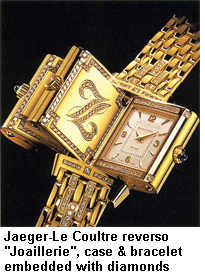 |
American manufacturers made wristwatches available to ordinary people. Waterbury Clock Company released a $ 3.50 wristwatch. Robert Ingersoll & Brother sold wristwatches for $1.00. German watchmakers led by Georges Frederic Roskopf also issued cheap models. The pin-lever watches came to exist alongside the classical jeweled-lever watches.
 |
By 1960 the watch industry in the middle and upper price ranges was virtually dominated by the Swiss. Audemers, Piguet, IWC and Patek Philippe were firms creating hand-finished watches with multiple functions mastering an incredible degree of accuracy and encased in 18 karat gold, engraved and embellished with precious jems.
Wristwatches have become collectible a long time back. Don Levison, the illustrious collector, restorer and appraiser of watches, recollects that there were a number of dealers and collectors in the 1970s though there were very few books with reliable information and history. Even at that juncture rarer watches fetched very high price. A Breguet wandering hour wristwatch was sold at $3,5000, a huge amount in the late 70s. Many rare models of Rolex were sold and collected then.
Of the classic watch manufacturers the most sought after makers are Patek Philippe, Audemars Piguet, Vacheron Coustantin, Cartier and Briguet. Also there are great names like Movado, Gruen Longines, Rolex, Tiffany, Omega, Vulliamy and Le Coultre. Noteworthy watchmakers from America are Elgin, Waltham, Illinois, Bulova, Accutron & Hamilton who also produced collectible wristwatches.
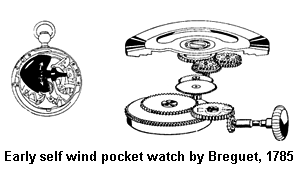 Rolex Bubblebacks, Hamilton Ventura, Movado Polyplan, Curvex(Green), Rolex President,Sport Hamilton, Santos, Patek Philippe Calibre 89, Wandering Hour wristwatch by Breguet, Hamilton Spur, Prince are some rare models of classic, vintage and antique wristwatches that are much adored by great collectors.
Rolex Bubblebacks, Hamilton Ventura, Movado Polyplan, Curvex(Green), Rolex President,Sport Hamilton, Santos, Patek Philippe Calibre 89, Wandering Hour wristwatch by Breguet, Hamilton Spur, Prince are some rare models of classic, vintage and antique wristwatches that are much adored by great collectors.
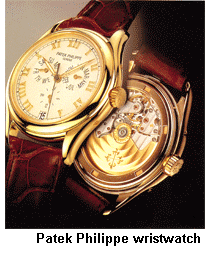 |
As style is the man so also a wristwatch betrays many things about its owner. It makes a personal statement of its status, taste, refinement, propensity and character. The wearer of a Rolex President is a lover of grandeur and ostentatious display of his importance while that of a Patek Philippe is refined, quiet, simple and a lover of delicacy and gracefulness.
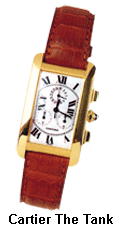 Whenever a wristwatch is purchased the qualities that are judged carefully are its power of accuracy in telling time, its artistic appearance with a dial that perfectly blends with its case, its design and finish, preciousness of its metal (18 karat gold or platinum) and the fame and goodwill of its manufacturer. Everything pertaining to the purchase must be preserved the receipt, packaging, guarantee and certificate (if available). In case of buying a vintage watch a collector considers whether it is rare and scarcely available and whether it strikes a character of its own. He is also meticulous in examining its case, movement, originality and functionality. Investment potential i.e., whether its value and popularity will be on the increase is also speculated upon. He must ensure to acquire the basic description in writing.
Whenever a wristwatch is purchased the qualities that are judged carefully are its power of accuracy in telling time, its artistic appearance with a dial that perfectly blends with its case, its design and finish, preciousness of its metal (18 karat gold or platinum) and the fame and goodwill of its manufacturer. Everything pertaining to the purchase must be preserved the receipt, packaging, guarantee and certificate (if available). In case of buying a vintage watch a collector considers whether it is rare and scarcely available and whether it strikes a character of its own. He is also meticulous in examining its case, movement, originality and functionality. Investment potential i.e., whether its value and popularity will be on the increase is also speculated upon. He must ensure to acquire the basic description in writing.
Making of horologes is one of the greatest human arts that absorbed most of the creative energy of mankind for more than five centuries and the rare models created during this long span of time are signposts of the glorious past. Collecting watches then is revisiting history in its periods of perfect balance, harmony and precision.
Anindya Bandyopadhyay
|
Fact File
|
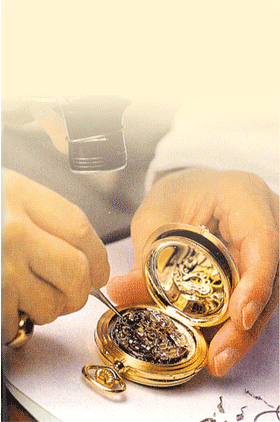 |